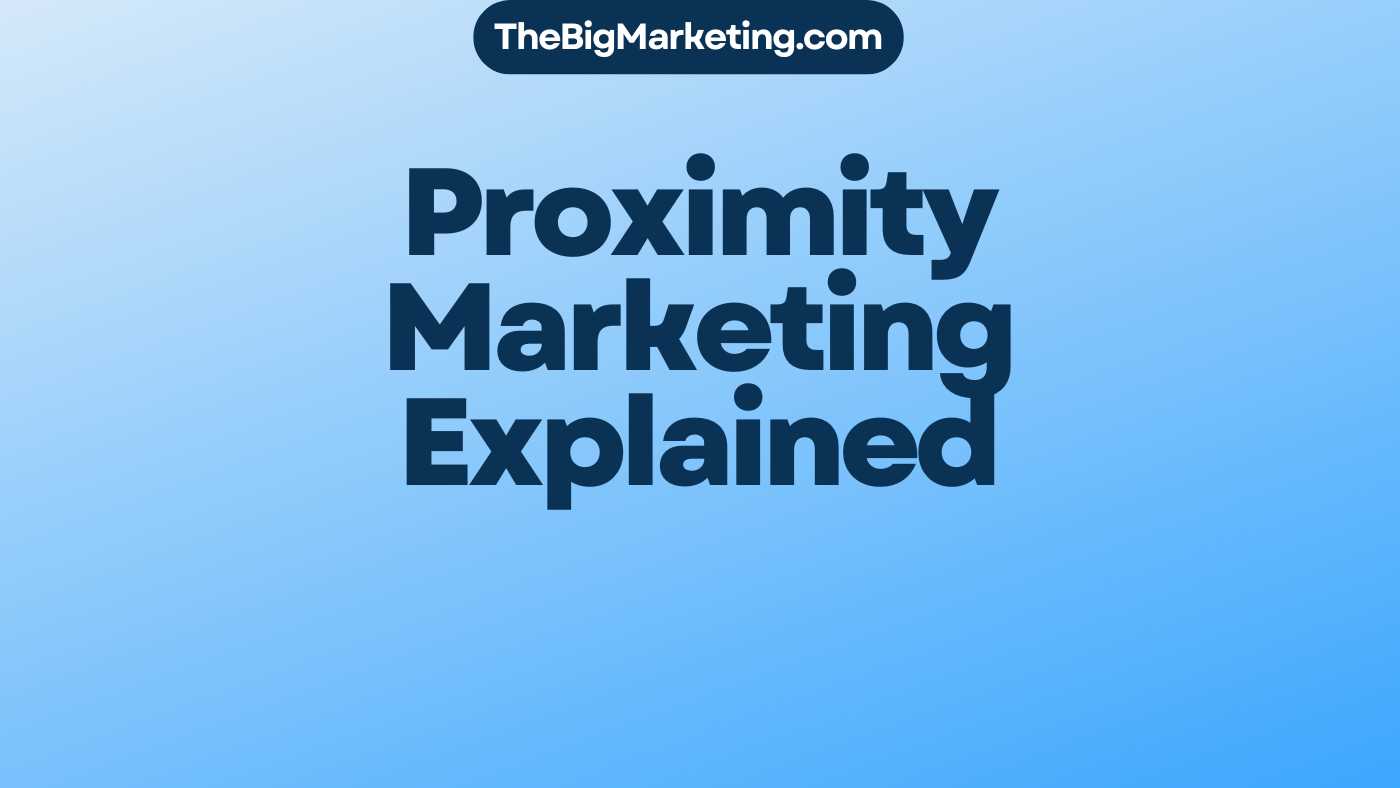Growth hacking and growth marketing are two distinct approaches to driving business growth. While some people may confuse the terms or think they are the same thing, they have significant differences in their strategies and goals. In this guide, we will explore the nuances between growth hacking and growth marketing and discuss how they can be strategically combined for explosive business growth.
Key Takeaways:
- Growth hacking and growth marketing have different strategies and goals.
- Growth hacking focuses on rapid growth through small changes and experimentation.
- Growth marketing takes a holistic approach, considering the entire customer journey.
- Both approaches have their benefits and can be strategically combined for maximum impact.
- Businesses should choose the approach that aligns with their goals and stage of growth.
What is Growth Hacking?
Growth hacking is a marketing approach that focuses on driving rapid growth through small changes and creative ideas. It is a low-cost strategy that startups and early-stage companies often employ to achieve quick and significant results. Growth hackers are known for their willingness to experiment and take risks in order to find effective growth tactics.
One of the key principles of growth hacking is the emphasis on experimentation. Growth hackers constantly test and iterate various strategies to identify what works best for their specific business objectives. By implementing small changes and measuring the impact, they can uncover innovative ways to drive rapid growth.
Growth hacking is particularly effective for startups that have limited resources and need to make every marketing dollar count. It allows them to achieve remarkable results without investing heavily in traditional marketing channels.
How does Growth Hacking work?
Growth hacking is a strategy that relies on data analysis, innovative tactics, and constant experimentation to drive viral growth. Growth hackers dive deep into the target audience to identify growth loops or hacks that can fuel exponential growth. These growth loops are specific actions or strategies that can encourage users to spread the word and attract more users, resulting in a compounding effect.
Data analysis plays a crucial role in growth hacking as it helps validate ideas and identify effective tactics. Growth hackers track and analyze user behavior, engagement metrics, and conversion rates to gain insights into what works and what doesn’t. By using data, growth hackers can make informed decisions and focus on the most effective growth strategies.
Experimentation is another key component of growth hacking. Growth hackers continuously test different strategies, tactics, and channels to discover what resonates with their target audience. They set up experiments, monitor the results, and iterate based on the outcomes. This iterative process allows growth hackers to refine their approach and optimize their growth strategies over time.
Growth hacking is all about finding the most effective and efficient tactics to achieve rapid growth. It requires a data-driven mindset, a willingness to take risks, and a creative problem-solving approach. By constantly seeking out new opportunities for growth and iterating on successful tactics, growth hackers can unlock the full potential of their business.
Growth Hacking Strategies
Growth hacking employs a variety of strategies to achieve rapid growth. Here are some effective tactics commonly used by growth hackers:
- User Onboarding: Optimizing the onboarding process to ensure new users have a smooth and engaging experience.
- Referral Programs: Encouraging users to refer others to the product or service in exchange for incentives or rewards.
- Content Marketing: Creating valuable and shareable content to attract and engage the target audience.
- Social Media Marketing: Leveraging social media platforms to amplify brand reach and engage with users.
- Email Marketing: Implementing personalized and targeted email campaigns to nurture leads and drive conversions.
These are just a few examples of the many growth hacking strategies that can be implemented. The effectiveness of each strategy will depend on the target audience, industry, and specific goals of the business.
| Growth Hacking Strategies | Description |
|---|---|
| User Onboarding | Optimizing the onboarding process to ensure new users have a smooth and engaging experience. |
| Referral Programs | Encouraging users to refer others to the product or service in exchange for incentives or rewards. |
| Content Marketing | Creating valuable and shareable content to attract and engage the target audience. |
| Social Media Marketing | Leveraging social media platforms to amplify brand reach and engage with users. |
| Email Marketing | Implementing personalized and targeted email campaigns to nurture leads and drive conversions. |
The Benefits of Growth Hacking
Growth hacking offers several benefits for businesses. It is designed for rapid and exponential growth, prioritizing quick results. Growth hacking is highly focused on user acquisition and increasing the user base at a low cost. It is a data-driven approach that relies on rigorous tracking and analysis of user growth metrics. By closely monitoring these metrics, businesses can identify effective strategies and make the most efficient use of their resources.
| Benefits of Growth Hacking | |
|---|---|
| Rapid Growth | By implementing growth hacking strategies, businesses can experience rapid and exponential growth. The focus on quick results ensures that businesses can scale and expand their user base at an accelerated rate. |
| User Acquisition | Growth hacking is highly effective in acquiring new users and expanding the customer base. Through creative and low-cost strategies, businesses can attract a larger audience and increase customer acquisition. |
| Data-Driven Approach | Growth hacking relies on data analysis and metrics to guide decision-making. By tracking user growth metrics and analyzing the results, businesses can identify effective strategies and optimize their growth hacking efforts. |
| Low Cost | Growth hacking emphasizes cost-effective strategies and tactics. It enables businesses to achieve significant growth with minimal financial investment, making it an ideal approach for startups and companies operating with limited resources. |
What is Growth Marketing?
Growth marketing is a strategic approach to driving business growth by incorporating brand marketing and digital marketing techniques. It focuses on developing a sustainable growth strategy that considers the entire customer journey, from acquisition to activation, retention, and referral. By implementing long-term strategies such as content marketing, email marketing, and social media marketing, growth marketing aims to differentiate the brand and drive continuous growth.
One of the key aspects of growth marketing is its strategic approach. Instead of focusing on short-term gains, it takes into account the long-term goals of the business and aims for sustainable growth. By considering the customer journey, growth marketers can identify opportunities to optimize every stage and create a seamless experience for customers.
A customer-centric mindset is at the core of growth marketing. By understanding the needs and preferences of their target audience, growth marketers can tailor their marketing efforts to deliver value at every touchpoint. This customer-centric approach helps businesses build strong relationships with their customers, driving loyalty and repeat business.
| Benefits of Growth Marketing |
|---|
| 1. Strategic approach to sustainable growth |
| 2. Comprehensive understanding of the customer journey |
| 3. Differentiation through brand marketing |
| 4. Multiple digital marketing channels for continuous growth |
How does Growth Marketing work?
Growth marketing takes a holistic view of the business, focusing on creating a strong foundation for growth. It combines various strategies and channels to optimize marketing efforts and drive sustainable growth. Here’s how it works:
1. Holistic View
Growth marketing considers the bigger picture by looking at the entire customer journey. It begins by gaining a deep understanding of customer needs, preferences, and pain points. By taking a holistic view, businesses can develop tailored marketing strategies that resonate with their target audience.
2. Brand Building
Brand building plays a crucial role in growth marketing. It involves developing a unique and compelling brand identity that sets a business apart from its competitors. This includes creating consistent messaging, visual branding, and positioning that aligns with the target audience. A strong brand builds trust and loyalty, driving long-term growth.
3. Data and Analytics
Data and analytics are at the core of growth marketing. They provide valuable insights into customer behavior, campaign performance, and ROI. By leveraging data-driven decision-making, businesses can make informed choices about their marketing strategies, optimizing their efforts for maximum impact and growth. Analytics tools, such as Google Analytics, are commonly used to gain meaningful insights.
4. Customer-centric Approach
Growth marketing puts the customer at the center of every marketing decision. By understanding customer pain points, preferences, and desires, businesses can deliver personalized experiences and value throughout the entire customer journey. From acquisition to retention, growth marketing strives to create meaningful connections and nurture long-term customer relationships.
| Benefits of Growth Marketing |
|---|
| 1. Sustainable Growth |
| 2. Enhanced Brand Perception |
| 3. Improved Customer Relationships |
| 4. Increased Customer Lifetime Value |
The Benefits of Growth Marketing
Growth marketing offers several benefits for businesses. It focuses on long-term sustainable growth, aiming to build a solid customer base and maximize revenue and growth over time. Growth marketing strategies consider user needs and preferences, leading to more good-fit customers and increased engagement and loyalty. By enhancing the overall customer experience and utilizing data-driven strategies, growth marketing improves customer retention and increases the lifetime value of customers. It may take time to see results, but the long-term ROI of growth marketing can be substantial.
Key Benefits of Growth Marketing:
- Sustainable Growth: Unlike short-term growth hacking tactics, growth marketing is focused on developing long-term strategies that foster consistent and sustainable growth.
- Good-Fit Customers: By understanding and targeting the needs and preferences of your target audience, growth marketing helps attract customers who are a good fit for your product or service, increasing the likelihood of customer satisfaction and loyalty.
- Improved Retention: Growth marketing emphasizes enhancing the customer experience, which leads to improved customer retention. By delivering value and meeting customer expectations, businesses can build long-lasting relationships with their customers.
- Long-Term ROI: While growth marketing may require a larger initial investment compared to growth hacking, its focus on sustainable growth and customer satisfaction results in a higher long-term return on investment (ROI).
To illustrate the benefits of growth marketing, take a look at the following table:
| Benefit | Description |
|---|---|
| Sustainable Growth | Growth marketing focuses on creating a solid foundation for continuous growth, resulting in long-term success. |
| Good-Fit Customers | Growth marketing strategies aim to attract customers who align with the business’s values and have a genuine interest in its products or services. |
| Improved Retention | Growth marketing prioritizes the customer experience, leading to increased customer loyalty and decreased churn rates. |
| Long-Term ROI | While growth marketing may require initial investment, its focus on sustainable growth leads to higher long-term returns. |
By embracing growth marketing strategies, businesses can position themselves for long-term success, attracting the right customers and maximizing their revenue and growth potential.

Similarities between Growth Hacking and Growth Marketing
Despite their differences, growth hacking and growth marketing share common objectives and employ data-driven strategies to drive business growth. Both approaches aim to expand the user base and maximize the effectiveness of marketing efforts. They rely on similar tools, such as analytics, A/B testing platforms, and CRM systems, to optimize their campaigns and track key performance metrics.
The table below summarizes the similarities between growth hacking and growth marketing:
| Growth Hacking | Growth Marketing |
|---|---|
| Focuses on rapid results and quick wins | Strategically aims for long-term sustainable growth |
| Emphasizes user acquisition | Considers both user acquisition and retention |
| Utilizes data-driven decision-making | Relies on data and analytics to inform strategies |
| Employs similar tools and techniques | Leverages similar tools and strategies |
Key Similarities:
- Objective: Both growth hacking and growth marketing aim to drive business growth and expand the user base.
- Data-driven: Both approaches rely on data and analytics to inform decision-making and track the success of marketing strategies.
- Tools: They leverage similar tools, such as analytics tools, A/B testing platforms, and CRM systems, to optimize their campaigns and drive results.
While growth hacking and growth marketing may differ in their strategies and focus, they share common goals and principles aimed at achieving sustainable growth. By understanding their similarities, businesses can combine the strengths of both approaches to maximize their marketing efforts and drive long-term success.
Differences between Growth Hacking and Growth Marketing
Growth hacking and growth marketing have distinct differences in their focus and approach. While both strategies aim to drive business growth, they prioritize different aspects of the growth process and employ varying tactics to achieve their goals.
Growth Hacking:
- Focuses on user acquisition and rapid results
- Relies on individual tactics or “hacks” to drive growth
- Emphasizes short-term strategies and quick wins
- Utilizes creative ideas and experimentation to find effective growth strategies
- Primarily used by startups and early-stage companies
Growth Marketing:
- Takes a comprehensive and long-term approach to business growth
- Considers both user acquisition and retention
- Focuses on sustainable growth and building a strong foundation
- Utilizes a range of strategies, such as content marketing and email marketing, to drive long-term success
- Considers the entire customer journey and aims to deliver value at each stage
While growth hacking may provide rapid results, it is a more short-term strategy that focuses primarily on user acquisition. In contrast, growth marketing takes a holistic approach, considering both acquisition and retention to achieve long-term growth. By combining strategic acquisition strategies with retention-focused tactics, growth marketing aims to create sustainable and continuous growth for businesses.
To illustrate these differences further, below is a visually engaging table comparing the key aspects of growth hacking and growth marketing:
| Aspect | Growth Hacking | Growth Marketing |
|---|---|---|
| Focus | User acquisition | Acquisition and retention |
| Strategy | Short-term, quick wins | Long-term, sustainable growth |
| Approach | Individual tactics or “hacks” | Comprehensive and strategic |
| Goal | Rapid results | Long-term growth and foundation building |
| Target Audience | Startups and early-stage companies | Businesses at any stage of growth |
Conclusion
In conclusion, growth hacking and growth marketing are two distinct approaches that businesses can use to drive their growth strategies. While they have their differences, they also have complementary strengths that can be strategically combined for maximum impact.
Growth hacking is characterized by its focus on quick and rapid results. It involves implementing creative tactics and experimenting with low-cost strategies to achieve rapid growth. This approach is particularly suitable for startups and early-stage companies looking for fast growth.
On the other hand, growth marketing takes a more comprehensive and long-term approach. It involves developing sustainable growth strategies that consider the entire customer journey. Growth marketing utilizes various digital marketing tactics, such as content marketing, email marketing, and social media marketing, to drive continuous growth and differentiate the brand.
While businesses can choose the approach that best suits their goals and stage of growth, it is important to recognize that a combination of growth hacking and growth marketing can be highly effective. By leveraging the strengths of both approaches, businesses can achieve explosive growth and maximize their potential for success. This strategic combination allows for quick wins in the short term while building a solid foundation for long-term sustainable growth.
FAQ
What is the difference between growth hacking and growth marketing?
Growth hacking is a marketing approach that focuses on making small changes or creative “hacks” to achieve rapid growth, while growth marketing is a more comprehensive and strategic approach that incorporates brand marketing and digital marketing to create sustainable growth.
How does growth hacking work?
Growth hacking works by implementing low-cost strategies and experimenting with new ideas to drive quick results. Growth hackers delve deep into the target audience to identify growth loops or hacks that can drive virality and growth.
How does growth marketing work?
Growth marketing takes a holistic view of the business and emphasizes brand building. It utilizes various marketing strategies and channels to optimize performance and drive sustainable growth. Data and analytics inform decision-making and measure campaign success.
What are the benefits of growth hacking?
Growth hacking is designed for rapid and exponential growth, prioritizing quick results. It focuses on user acquisition and relies on rigorous tracking and analysis of user growth metrics. By closely monitoring these metrics, businesses can identify effective strategies and make efficient use of their resources.
What are the benefits of growth marketing?
Growth marketing focuses on long-term sustainable growth, aiming to build a solid customer base and maximize revenue and growth over time. It considers user needs and preferences, leading to more good-fit customers, increased engagement, and loyalty. Growth marketing also improves customer retention and increases the lifetime value of customers.
Are there any similarities between growth hacking and growth marketing?
Yes, both approaches have the common objective of driving business growth and expanding the user base. They rely on data-driven decision-making and leverage similar tools, such as analytics tools, A/B testing platforms, and CRM systems.
What are the differences between growth hacking and growth marketing?
Growth hacking primarily focuses on user acquisition and rapid results through individual tactics or “hacks.” It is a short-term strategy that aims for quick wins. In contrast, growth marketing takes a more comprehensive and long-term approach, considering both acquisition and retention. It prioritizes sustainable growth and utilizes a range of strategies to achieve long-term success.




